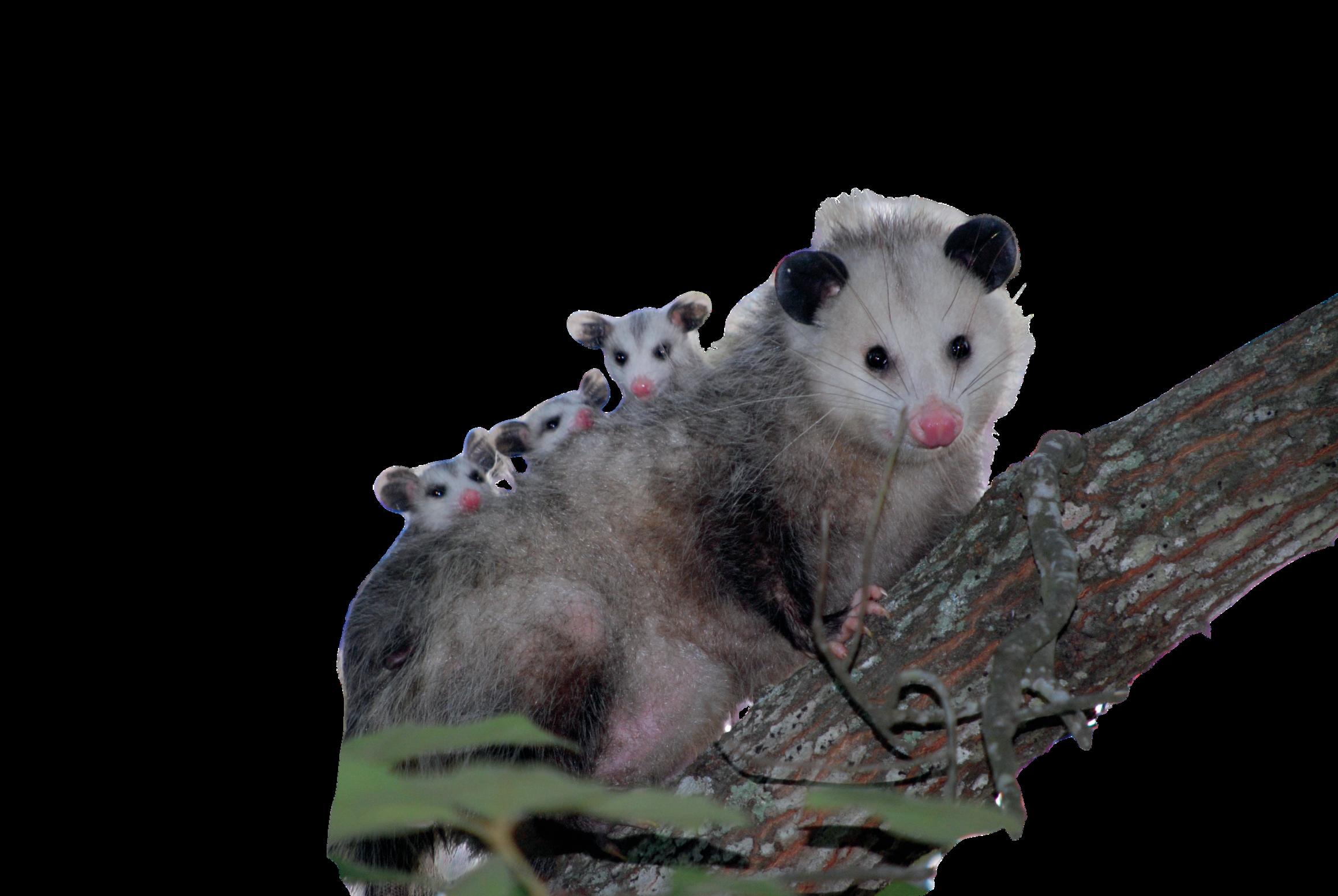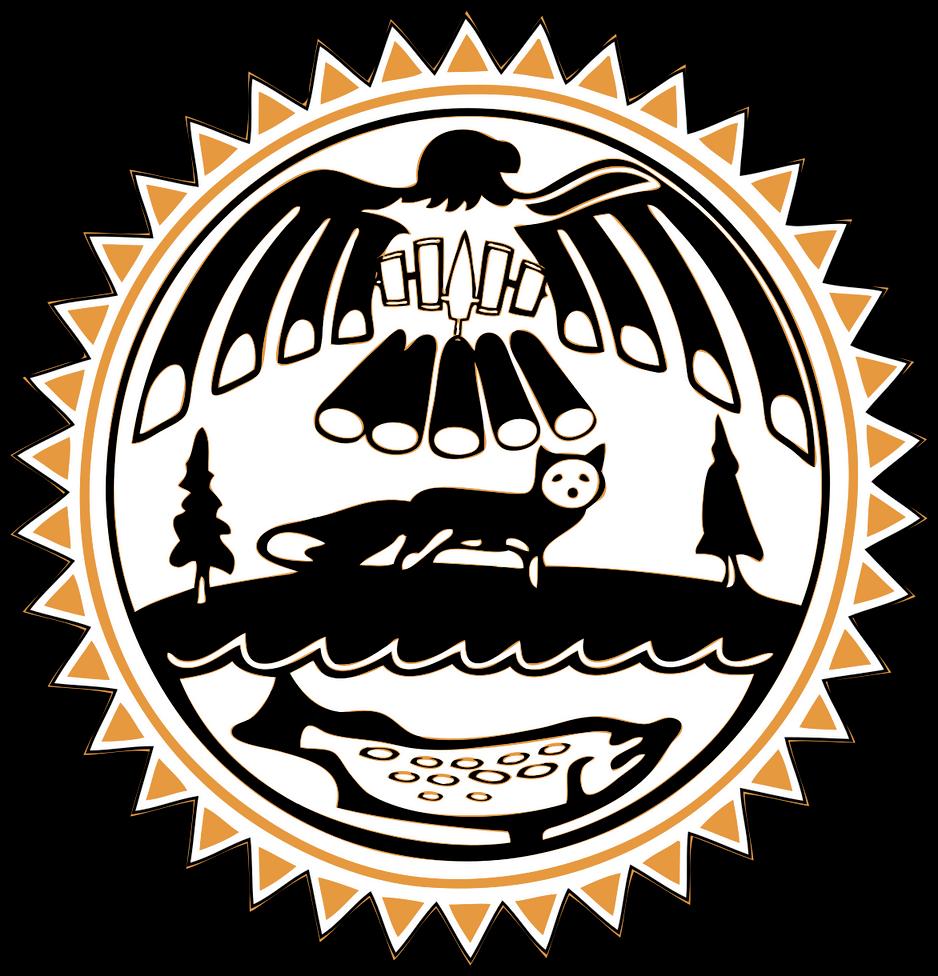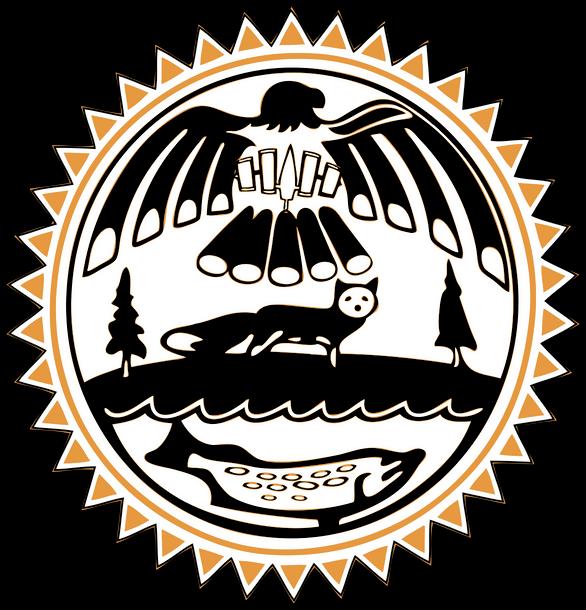

THE BUZZ AT KEPO
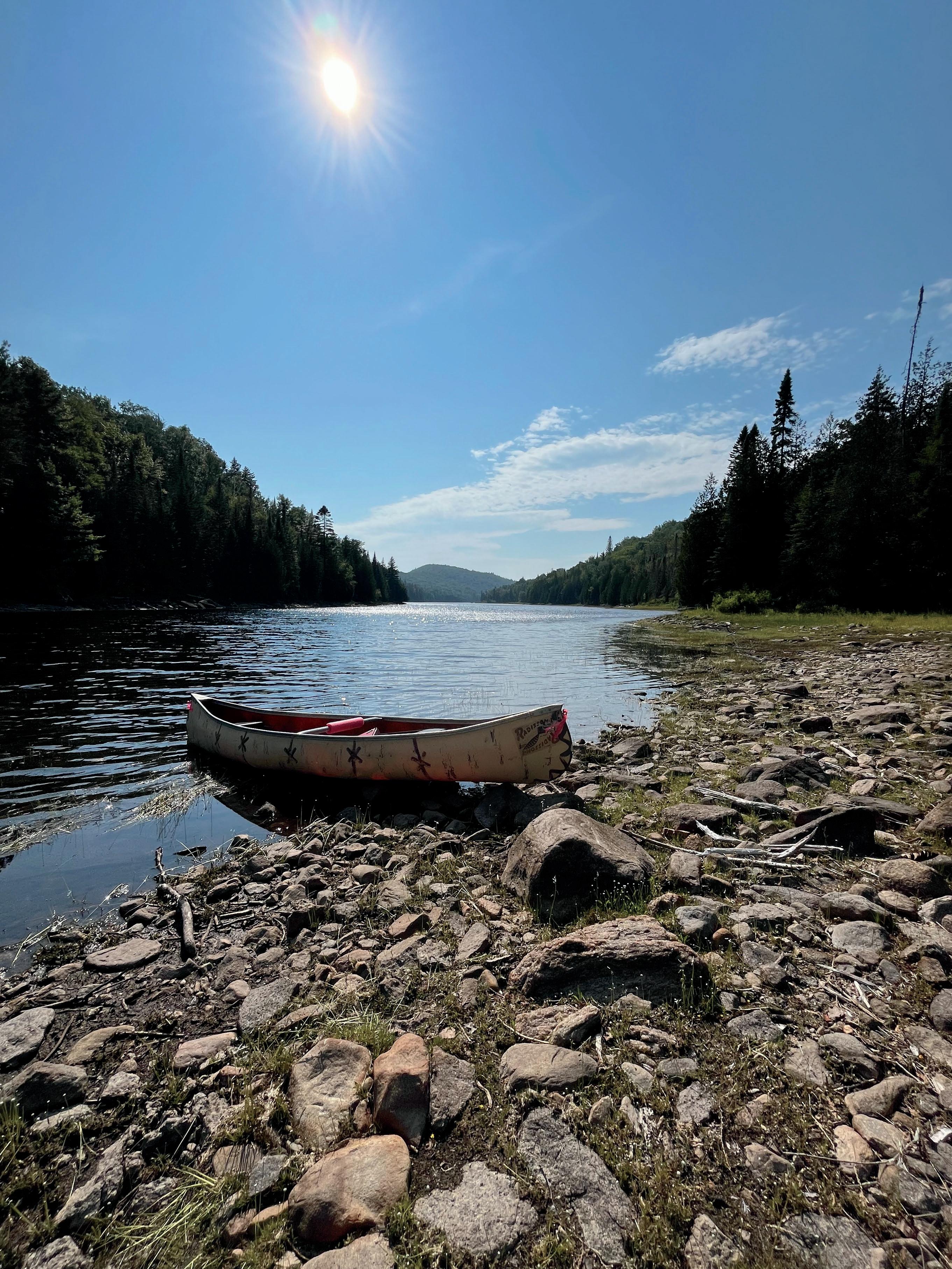
What's the Buzz at KEPO?
Welcome!
This is the official newsletter of the Kahnawà:ke Environment Protection Office (KEPO). The Buzz at KEPO is a quarterly newsletter that will provide updates on current KEPO initiatives and events, as well as environmental information relevant to Kahnawa'kehró:non. Keep on reading to see what we’ve been doing to protect and better our environment.
Highlights
& Project Updates
Network for Climate Resiliency
Seismograph to Monitor Shipping Phragmites Management Plan
River Indicators
Meet the Team Climate Adaptation Wildlife Profile
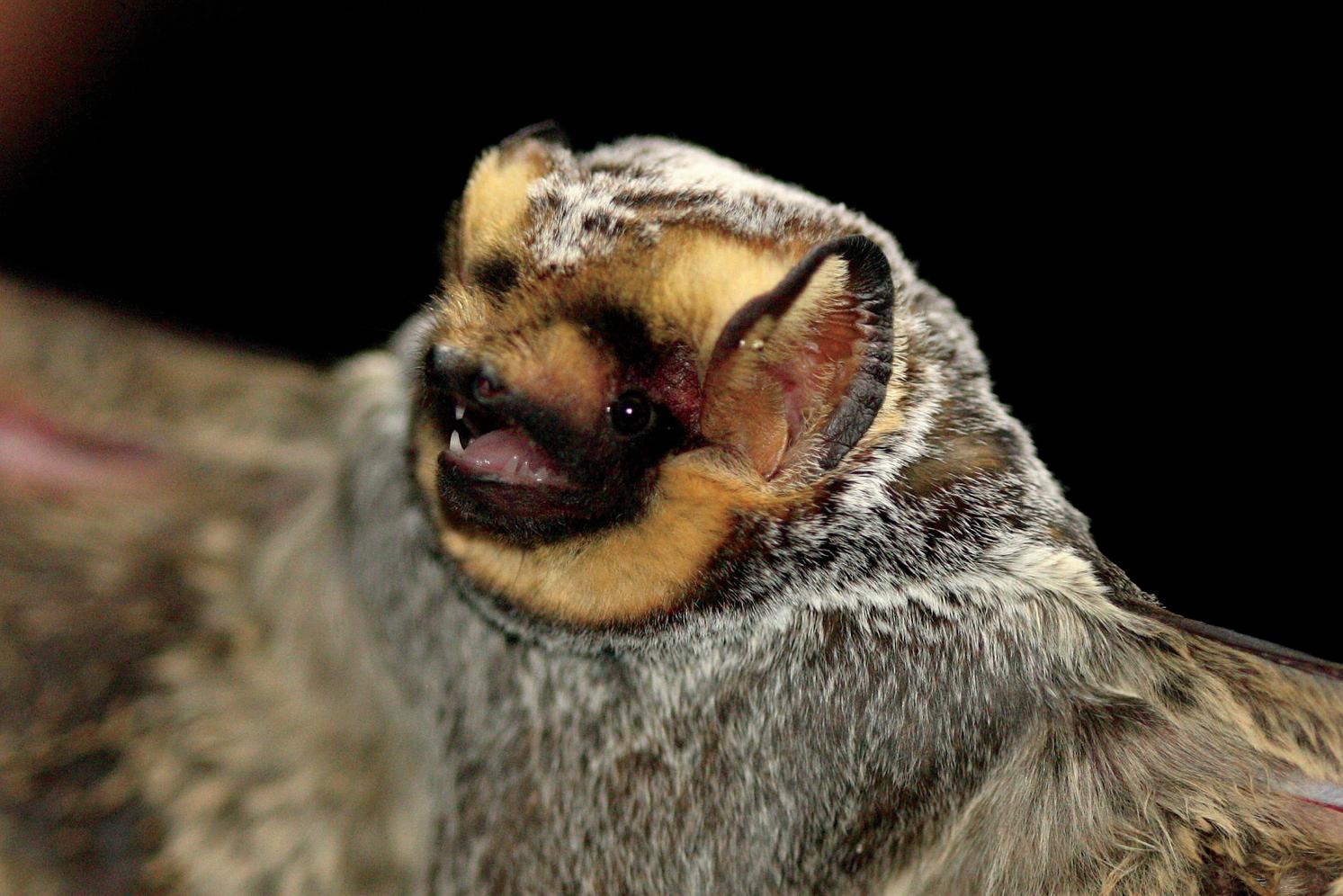
Tioweró:ton,
Hoary bat
New Project
Creating an Indigenous Knowledge Network for climate resiliency
by Julie Teio’keráthe Delisle - Environmental Projects Coordinator - Education & Outreach
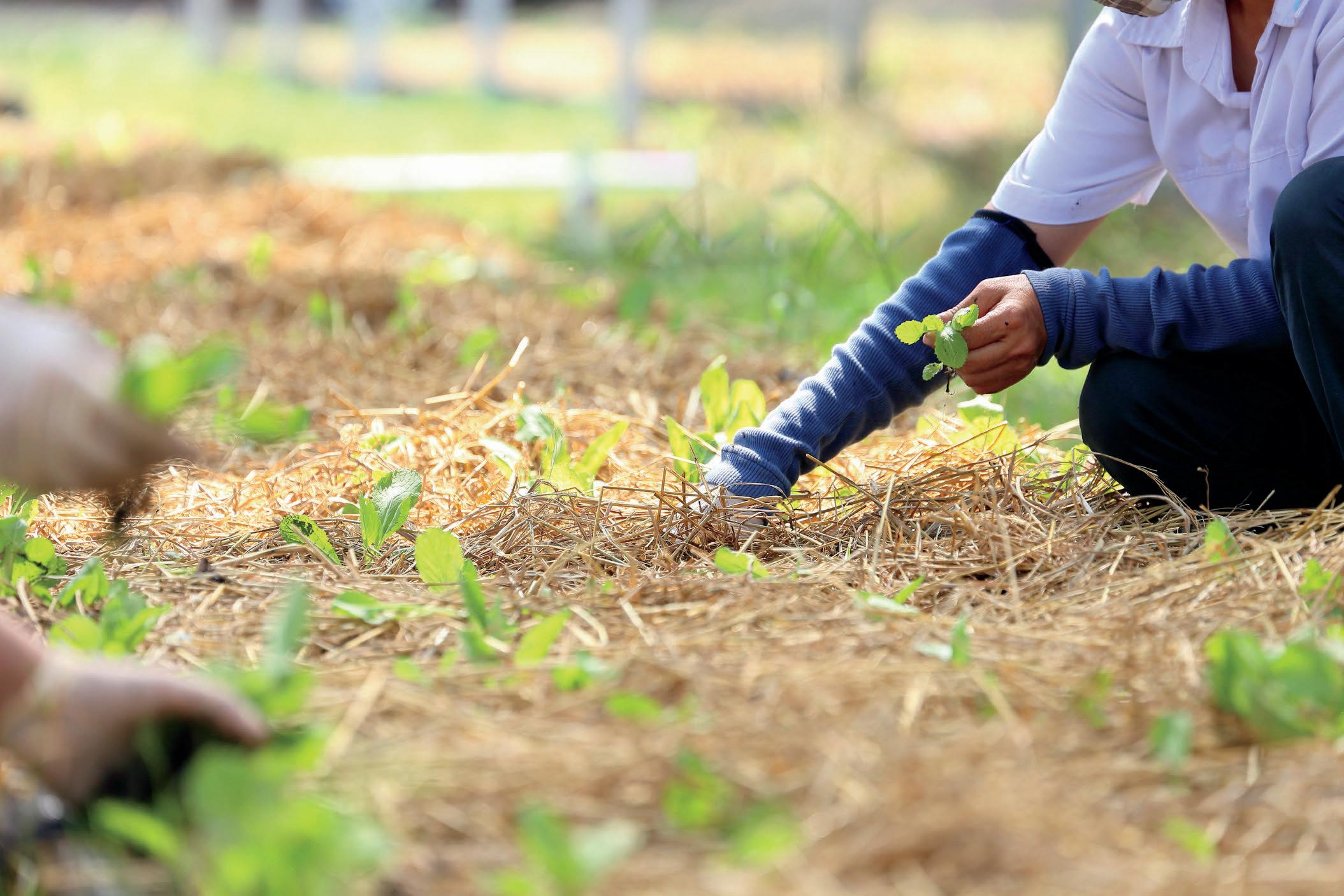
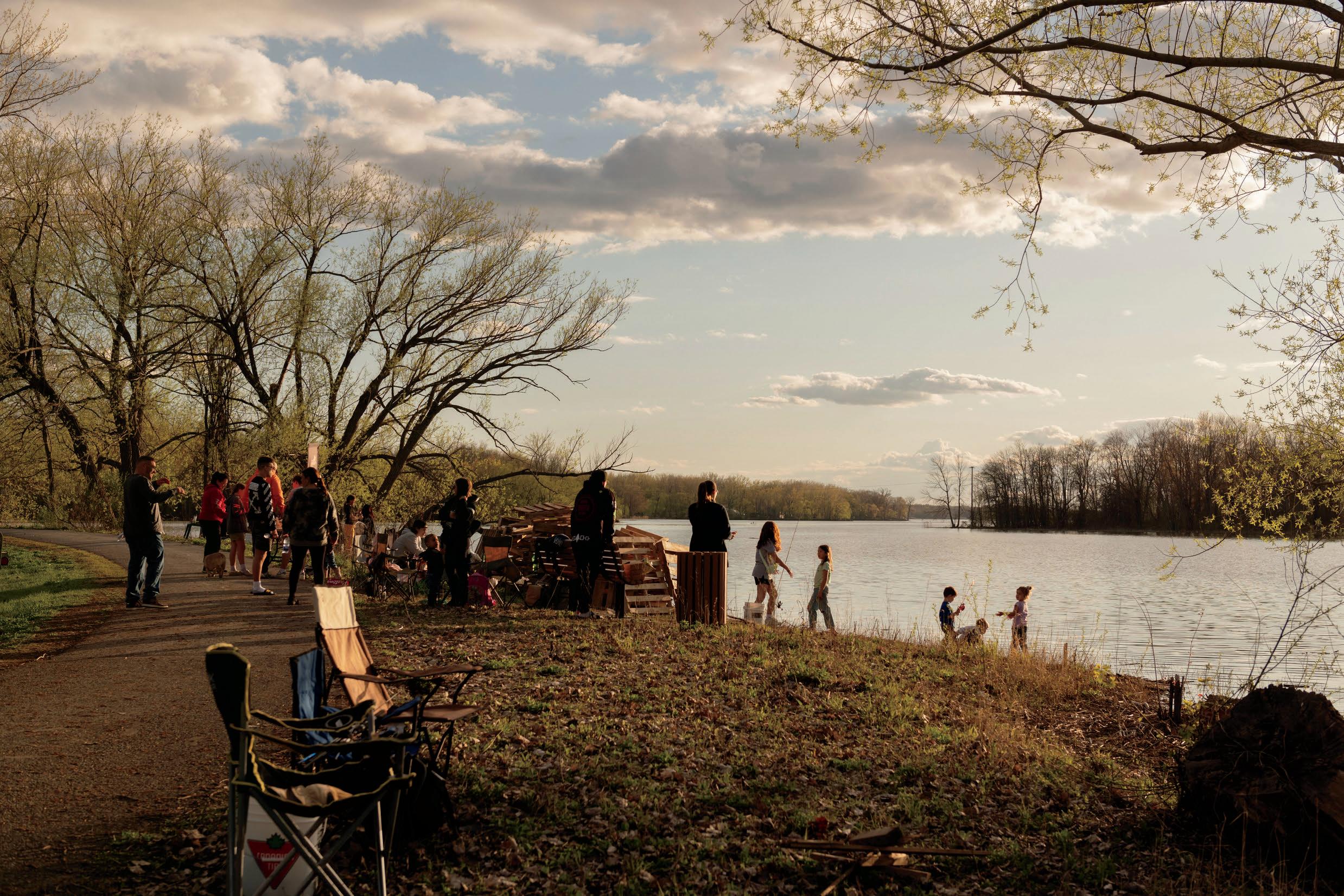
KEPO is currently reviewing our educ outreach efforts and developing exc programming and we want to hear fro With support from the government o under the 2030 Plan for a Green Econo has launched a new project titled Cr Indigenous Knowledge Network for Resiliency The project aims to s community resilience by reconnectin land, revitalizing traditional knowledge, and building environmental awareness through impacts of climate change on our environment from changing landscapes to more unpredictable weather patterns. These shifts are already affecting the ability of community members to engage in traditional practices like fishing, hunting, and harvesting. Elders who contributed to KEPO’s 2020 Climate Change Plan reminded us that the traditions, culture, and language threatened by climate change also contain the teachings we need to adapt teachings rooted in responsibility, connection, and reciprocity
Three Key Project Components:
This initiative is being carried out in collaboration with the Kahnawà:ke Schools Diabetes Prevention Program (KSDPP) and Skatne Ionkwaweientehta’onhatie, with each group leading a unique component:
#1: KSDPP: Decolonizing Our Diets
This component focuses on revitalizing tionhnhehkwen not just the foods themselves, but our relationship with them, the land, and the animals. Through community gatherings and the development of a community food guide, KSDPP will help build networks among those committed to reclaiming traditional food systems.
#2: Skatne Ionkwaweientehta’onhatie: Climate Resilient Food Systems
Building on previous permaculture training successes, this project will develop a network of local permaculture practitioners through a “training of trainers” model. This increases capacity within the community to create climateadapted spaces, reduce reliance on external trainers, and ensure cultural teachings are woven into all aspects of sustainable food system design
#3 - KEPO: Environmental Education & Youth Programming
KEPO is focusing on strengthening youth
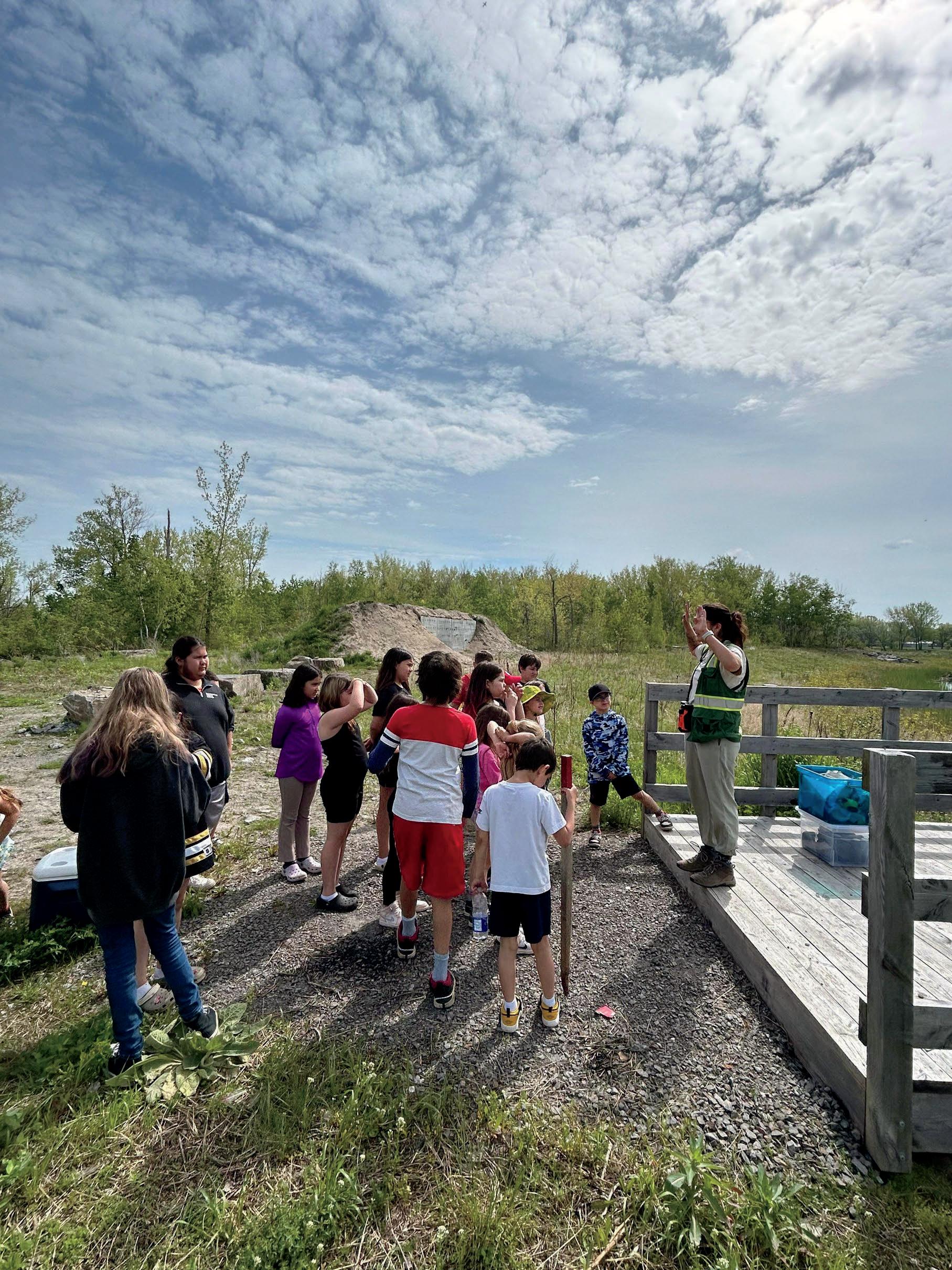
p p g minutes to complete our short survey. Whether you're curious about field science, plant identification, climate change, sustainability, or traditional knowledge your input is essential
Stay tuned for more climate change initiatives in the coming months. We must move forward together as individuals, families, organizations, and as a community.
New Project
Seismograph to Monitor Shipping
by Cole Delisle, Environmental Projects CoordinatorTerrestrial Habitats
In recent years, KEPO has been looking at different ways to monitor the impact of shipping vessels passing through the community. We recently received a new tool to help us measure vibrations caused by ships; a seismograph Seismographs are instruments used on construction sites to monitor ground vibrations and impacts from heavy machinery, ensuring activities remain within regulated safety limits.
We’ve heard community concerns that ships in the seaway can cause homes along the shoreline to shake and potentially damage windows. KEPO is interested in measuring these vibrations to see what kind of impact they can have on structures
Using seismographs to measure vibrations on ships is not new it's a standard practice guided by safety regulations. However, measuring vibrations from the shoreline is less common, and there’s limited information available about the potential impacts in that context. To try to get a comparison we’re going to be looking at the levels which are acceptable for railways We’re going to be installing the seismograph in a few locations along the seaway to get some baseline data Then we’ll be able to compare what we’re seeing in the
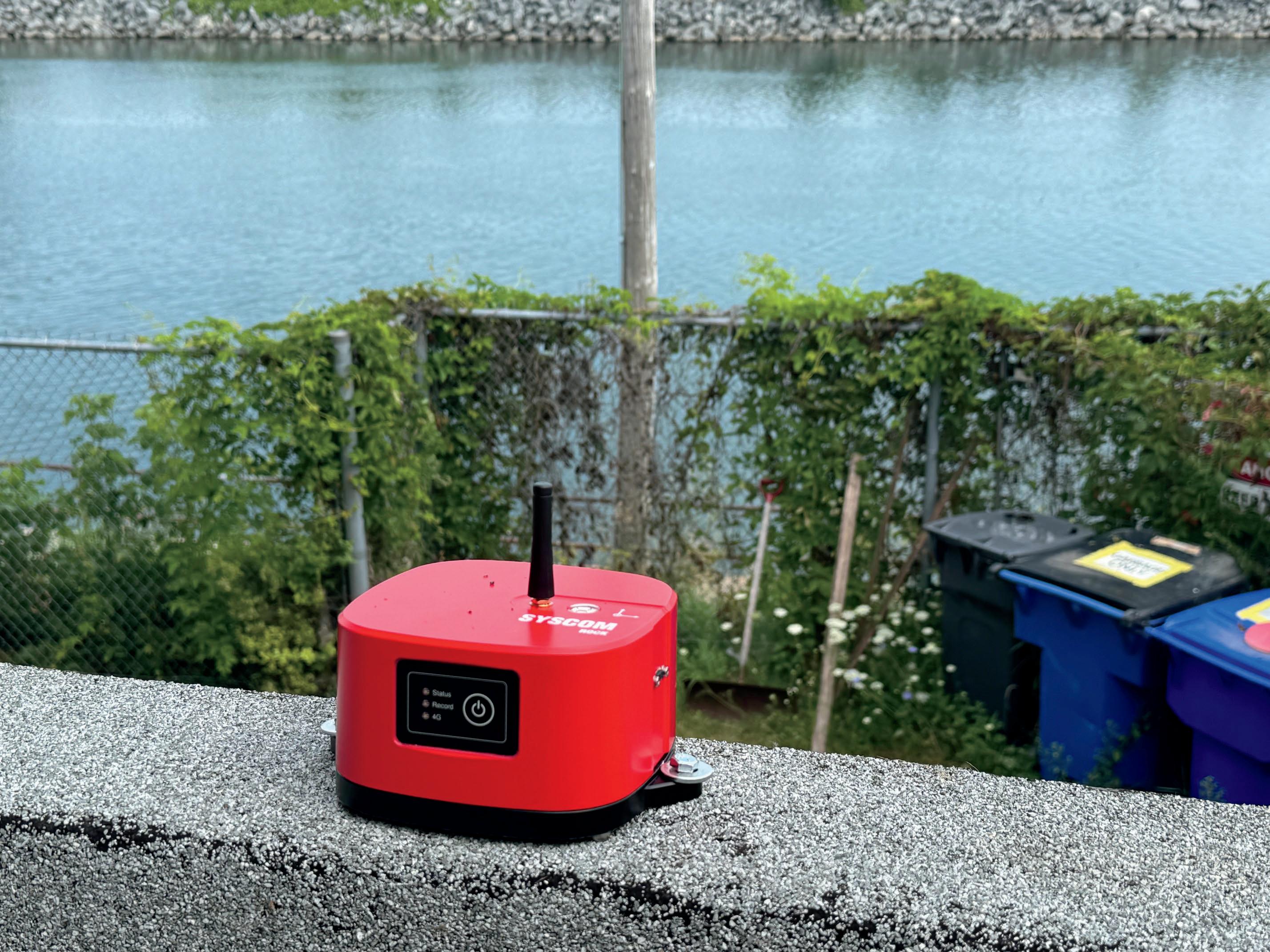
Project Update
Kaniatarowá:nen
by Teina Te Hemara, Environmental Projects Coordinator - Policy & Outreach
/St. Lawrence River Indicators
KEPO is working together with the community and the River Institute to develop a set of indicators to help us understand and protect the health of the St. Lawrence so that Kahnawa’kehró:non can enjoy the river now and for future generations Indicators are a way for us to assess the current health of the river and where we’d like to see it in the future
How do indicators tell us about the health of the St Lawrence?
Just like a doctor checks various health indicators like your ears, throat, or blood tests to understand how healthy you are, we can use indicators to assess the health of a river. These signs help us understand what’s going well, what needs attention, and what we should keep monitoring over time.
Based on community input, KEPO and the River Institute has proposed the following indicators which have been separated into areas of concern as can be seen on the map below. Community surveys and consultations have been key to this process and we still want to hear from you!
Please give us your feedback on whether you think the indicators match community priorities or if you think we’ve missed anything important. (450) 635-0600. environmentprotection@mck.ca.
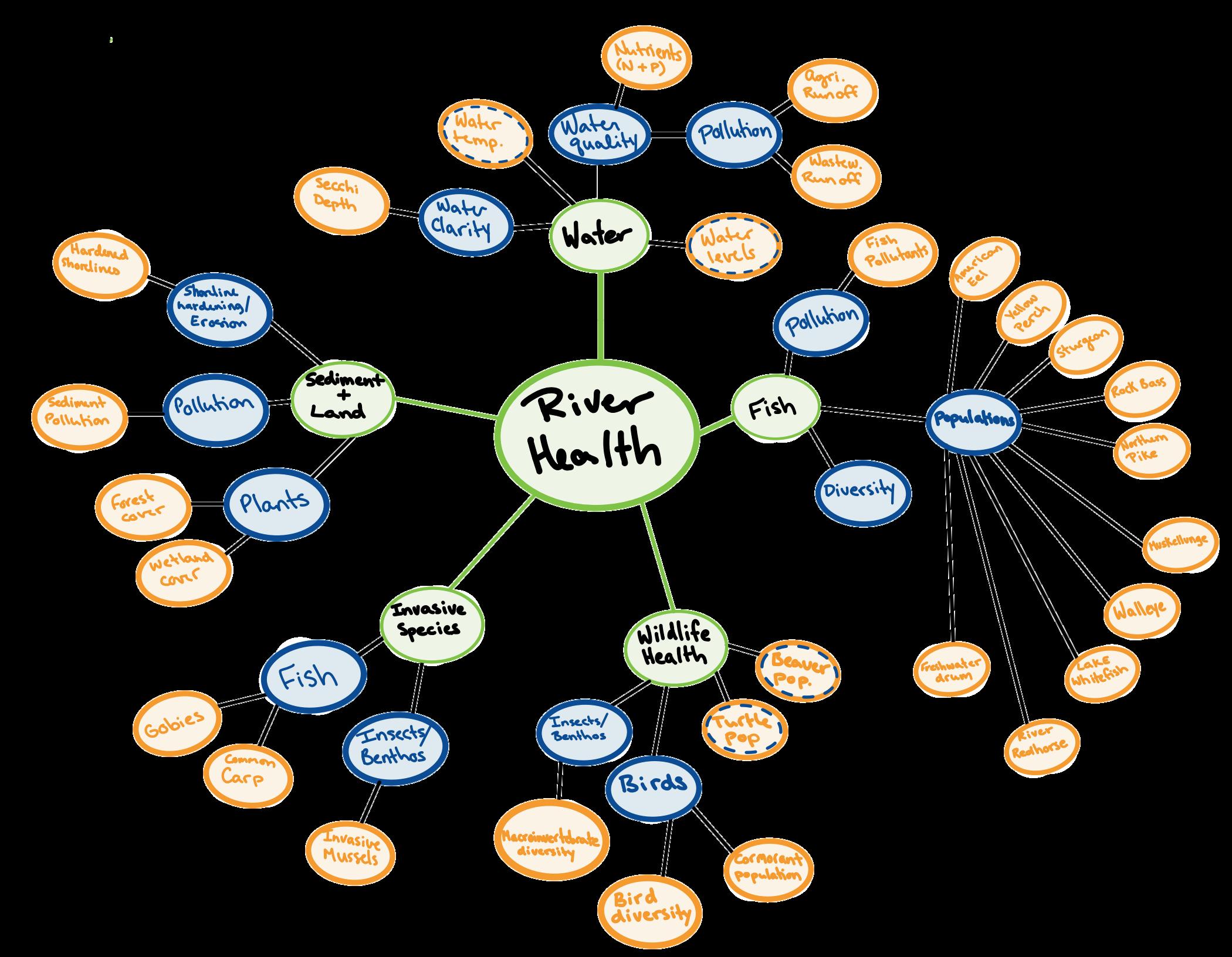
Keep an eye on our website for an interactive version of this graphic coming soon!
New Project
KEPO Begins Work on Phragmites Management Plan
by Shawna Raymond, Environmental Projects CoordinatorInvasive Species Management
The Kahnawà:ke Environment Protection Office has officially begun developing a Phragmites Management Plan in response to growing concerns about the spread of Phragmites australis a tall, fast-growing reed that’s taken hold in many parts of the community. While this grass may appear harmless at a glance, it poses serious risks to native biodiversity and wetland health.
You’ve probably seen phragmites along roadways, in ditches, creeks, rivers, or even your own backyard, but did you know this invasive plant outcompetes native species, alters water flow, drains soil nutrients, and creates dense stands that block access for wildlife and people alike? They also present a fire hazard and increase maintenance and disposal costs
KEPO’s plan is still in its early phases, with site surveys and mapping already underway. These efforts are helping identify areas of infestation, prioritize high-risk zones, and engage the community in the process. One area receiving attention is in Big Fence, where phragmites have overtaken the marsh The dense growth is affecting local wildlife-including turtles, frogs, and nesting birds-while also impacting water levels and overall habitat health.
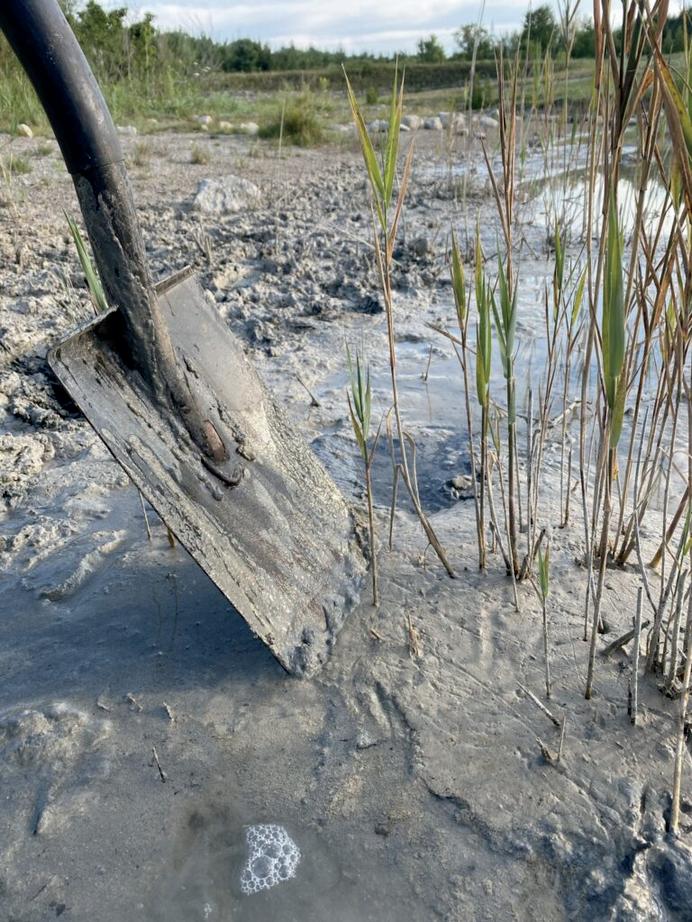
Methods for Phragmites Control
45 degree angle, severing
Do not try to dig out the stimulate growth

Cut to drown: Cut stems growing in standing water as close to the base as possible to deprive the plant of oxygen and effectively "drown" it
Smothering: Cover with black plastic after cutting Best for small patches
Flooding: In certain areas and with careful consideration of potential impacts on the ecosystem, controlled flooding can deprive the plant of oxygen during the growing season
Herbicide: Professionally applied glyphosate-based aquatic herbicide in late summer/fall can kill plants their ability to produce certain amino
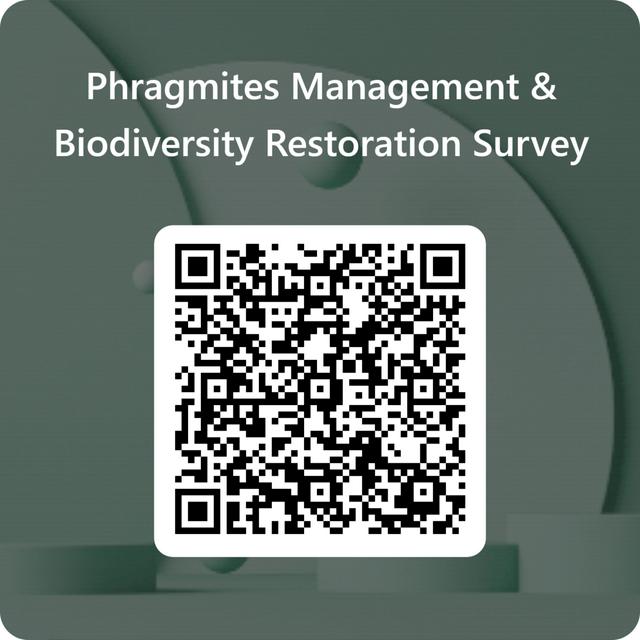
A key piece of the plan is education and outreach. KEPO wants to ensure Kahnawakeró:non are informed about how phragmites are affecting our ecosystems, what control methods might work best, and how everyone can get involved. Community input will play a vital role in shaping the approach and ensuring it reflects local values and priorities
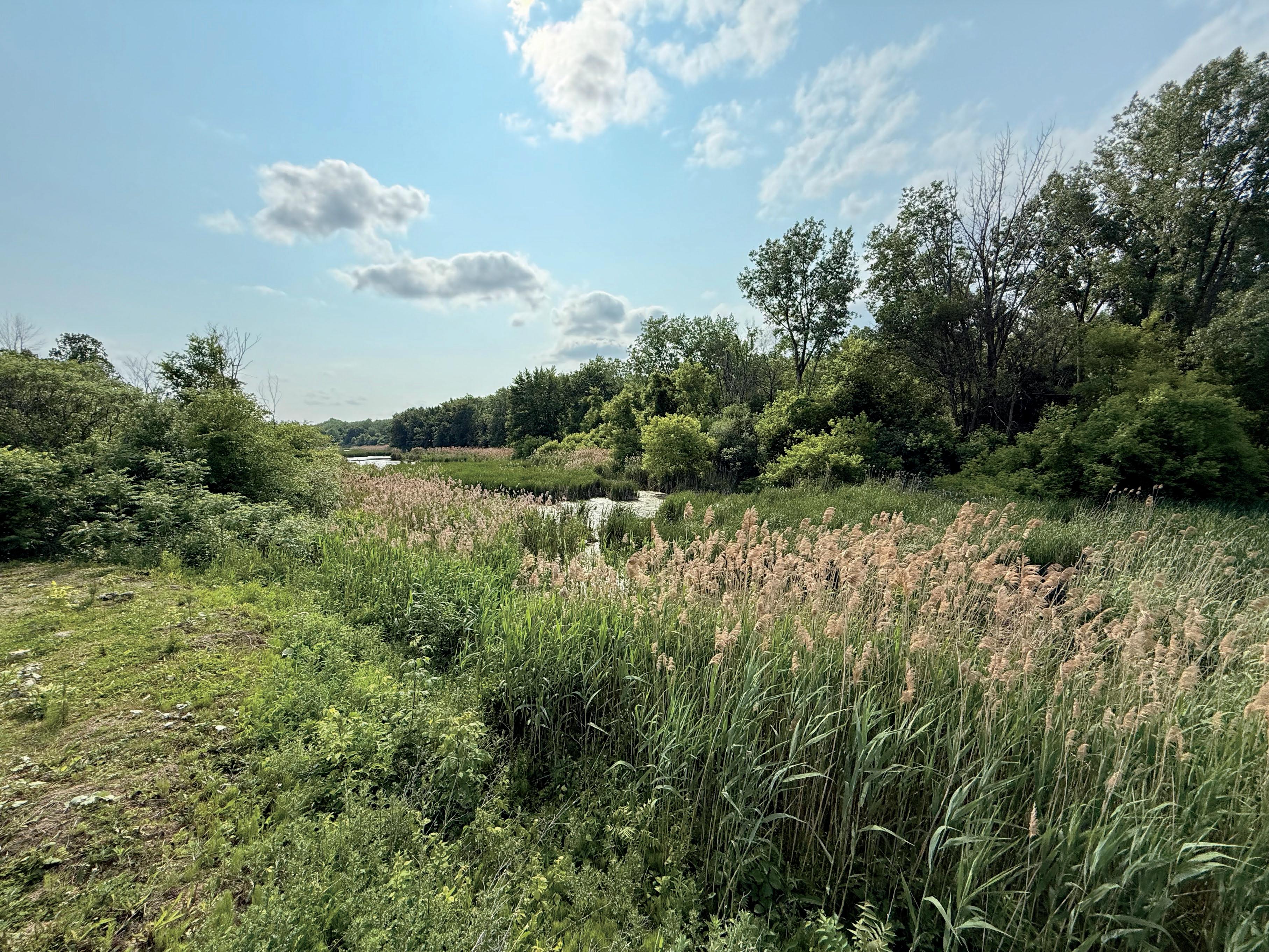
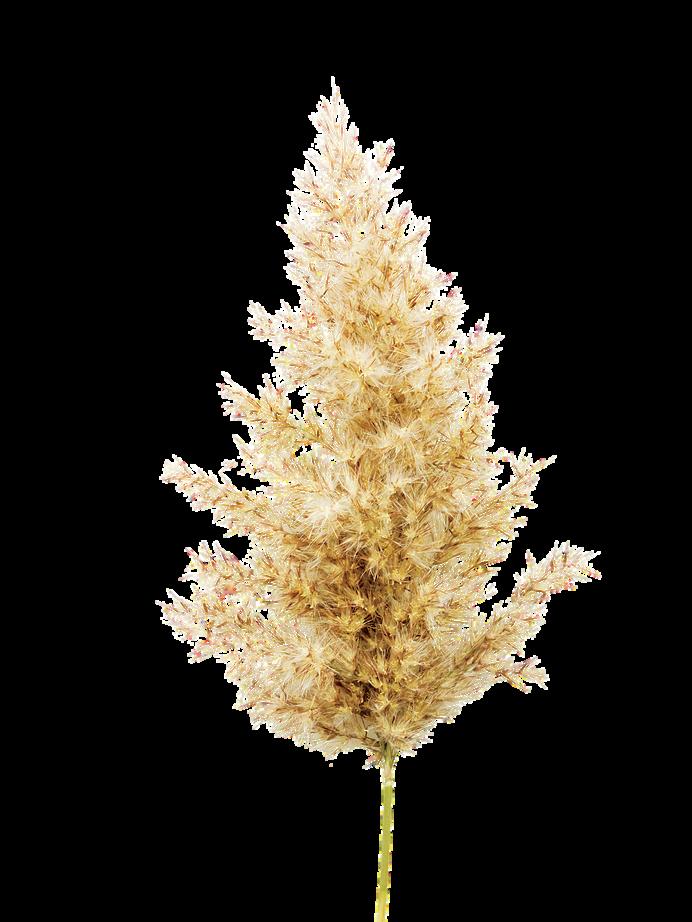
Cut to drown
Spading
Little Suzanne River 2025
Meet the Team
Ohéhtase Whyte
Kwe, my name is Ohéhtase Whyte, and I am heading into sec 5 of high school. I worked as a Junior Environmental Technician for KEPO this summer I have always been enthusiastic about the environment and its inhabitants. This position was a great opportunity to begin my career in environmental science; being outdoors and observing wildlife is something I have always enjoyed The team at KEPO is very knowledgeable about Kahnawà:ke’s environment and was incredibly welcoming. I learned a great deal during my time here both from the team and through hands-on fieldwork.
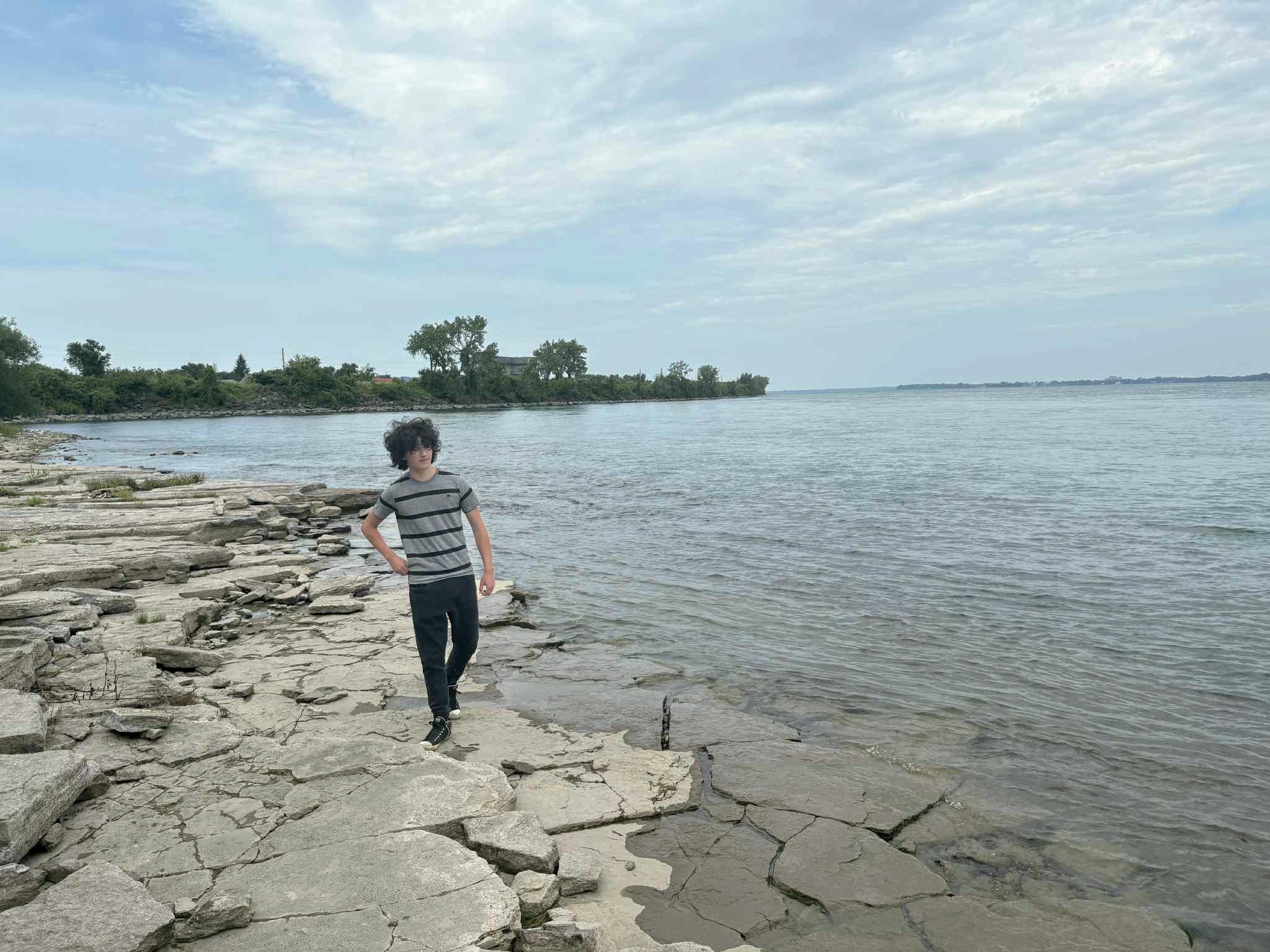
SUMMER STUDENT SPECIAL
The many projects KEPO is actively working on are essential to ensuring that Kahnawà:ke has a healthier environment, free of invasive species and contaminants That is something that I have always wanted help with.
The majority of the work was not very strenuous, but it was very diverse. Some of my tasks included snake and turtle monitoring, data logger maintenance, and water quality monitoring (both locally and in Tioweró:ton); removing invasive species on Tekakwitha Island; watering the food forest on Tekakwitha Island; conducting buckthorn and phragmites assessments on Big Fence; illegal dumping inspections; soil testing; writing wildlife profiles; creating illustrations; sorting macroinvertebrate specimens; and beaver dam control. These were just some of the things I worked on since I was only with KEPO for one summer, there were many other projects I didn’t get to be a part of yet. There was still always something different and interesting to work on and learn about Some things I would never even have thought I would be working on It was quite the experience to do all the things I worked on at KEPO.
The environment is in urgent need of protection, especially when its health is at an all-time low although, it should always be protected Protecting the environment is something very important to me and I would hate to see it diminish. That is what the team at KEPO is striving to do; protect the environment so that it will hopefully last longer with the best health possible.
I truly enjoyed my time working with KEPO and playing a bigger role in environmental conservation. I especially enjoyed sorting macroinvertebrates and spending time in Tioweró:ton for water quality monitoring, where the wildlife was abundant something I always love to see I also loved making illustrations for the wildlife profiles, as I have always enjoyed making anatomical art for as long as I can remember There were many other things that I enjoyed working on, even if they could be a bit messy. This experience taught me so much about Kahnawà:ke’s environment, its plant life, and its wildlife. Not solely about the problems present in the environment, but also about the wonderful aspects of it Thank you KEPO for giving me the opportunity to contribute to helping the environment in a more impactful way. I was not expecting to have this opportunity at such a young age. It was a great time working with the team and I would definitely come back to work with them.
Project Update
Climate Adaptation in Kahnawà:ke
by Marina Gosselin, Environmental Projects CoordinatorClimate Change
To help guide this planning, two rounds of workshops will take place this fall
The first round will include a session with MCK units to build awareness and plan climate actions, and another session for community members and organizations. These sessions will share key information, present Kahnawà:ke’s climate profile, and create space for open discussion about local concerns and ideas.

As part of KEPO’s ongoing climate change work, we’ve started developing a new Climate Adaptation Plan through the First Nations Adapt Program With help from the Canadian Centre for Climate Services and data from Environment and Climate Change Canada (Climatedata.ca), a climate change data profile has been created specifically for Kahnawà:ke
This project aims to identify where the community is most vulnerable to climate change, understand what support is needed, and work together to develop strong, communitybased solutions We are working in partnership with the Mohawk Council of Kahnawà:ke (MCK), local organizations, and community members. This updated plan will replace the original Kahnawà:ke Climate Change Plan, which was created in 2019 and was always meant to be reviewed every five years
The second round will go deeper focusing on identifying risks, vulnerabilities, and turning those into actionable adaptation strategies
The final objective is to create a strong, community-driven climate adaptation plan that reflects the voices, knowledge, and lived experience of Kahnawa’kehró:non This plan will honour the culture and values while addressing the specific challenges we face, helping ensure that Kahnawà:ke is ready for what lies ahead.
An important part of this work is communication making sure people know how climate change could affect the land, water, ecosystems, and daily life. By grounding our efforts in community knowledge, we can support future growth, public safety, and sustainable planning.
Community involvement is essential Your insights and feedback will help shape this plan and support a more resilient Kahnawà:ke.
If you want to learn more, receive updates, or take part in the workshops, please contact us at environmentprotection@mck ca or scan the QR code
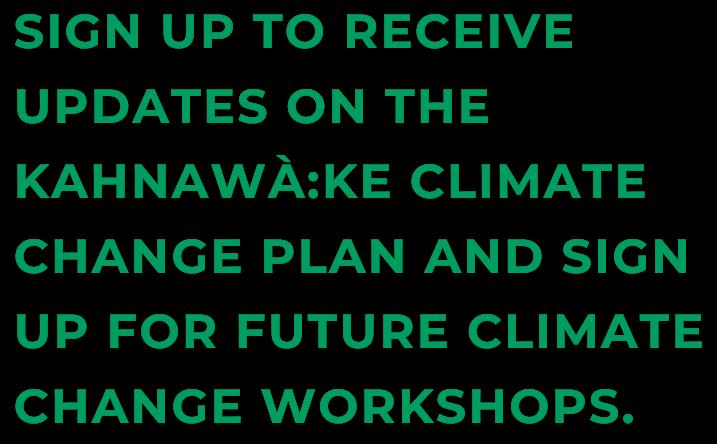
wildlife profile
Waniheià:tha - Virginia opossum
Didelphis virginiana
The Virginia opossum is Canada’s only marsupial, easily recognized by its pointed snout, greyish fur, and long, hairless tail. About the size of a housecat, this nocturnal animal is highly adaptable and omnivorous eating insects, small animals, fruit, and even human food waste It’s known for its defense mechanism of “playing dead” to deter predators.
Opossums are primarily found in southern Quebec and Ontario, but warmer winters have helped them expand northward However, they face threats from vehicle collisions, extreme cold, habitat loss, and negative human perceptions.
Unlike some native mammals, opossums have thin fur and exposed ears, tails, and toes which can suffer frostbite in Canadian winters

They eat insects, slugs, small rodents, and even dead animals, playing an important role in keeping ecosystems clean and balanced
They have more teeth than any other North American mammal.
A mother opossum can carry up to 13 babies in her pouch at once!
They are skilled climbers, using their prehensile tails and opposable thumbs for gripping branches Besides climbing, they are also adept at swimming
Despite the myths, opossums spend a lot of time cleaning themselves similar to cats
